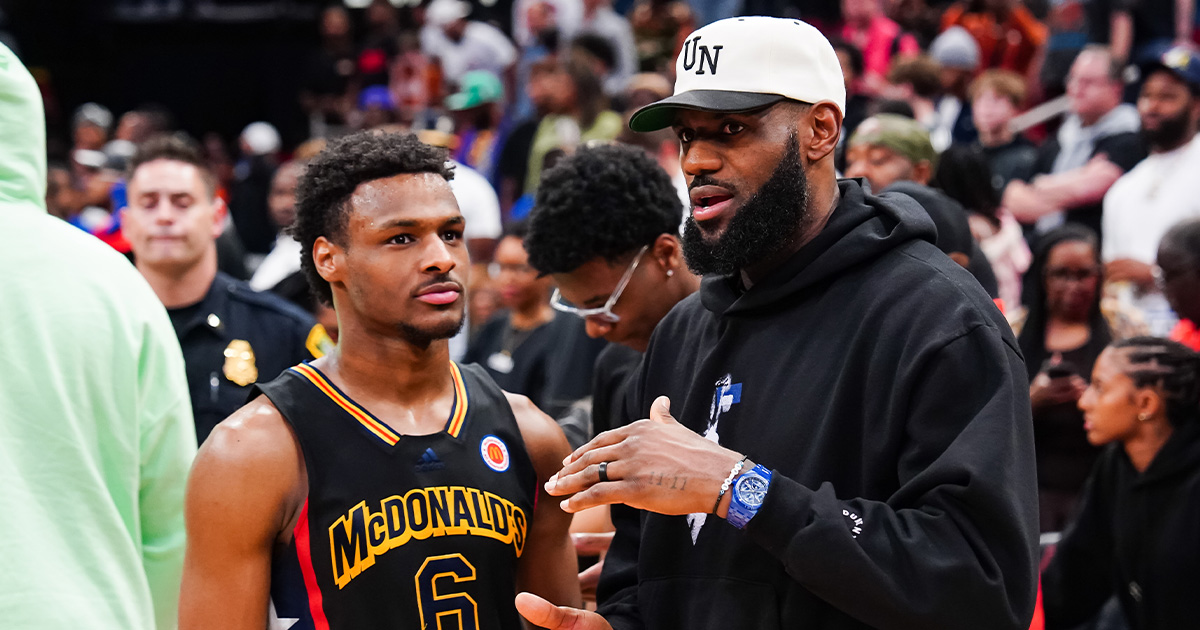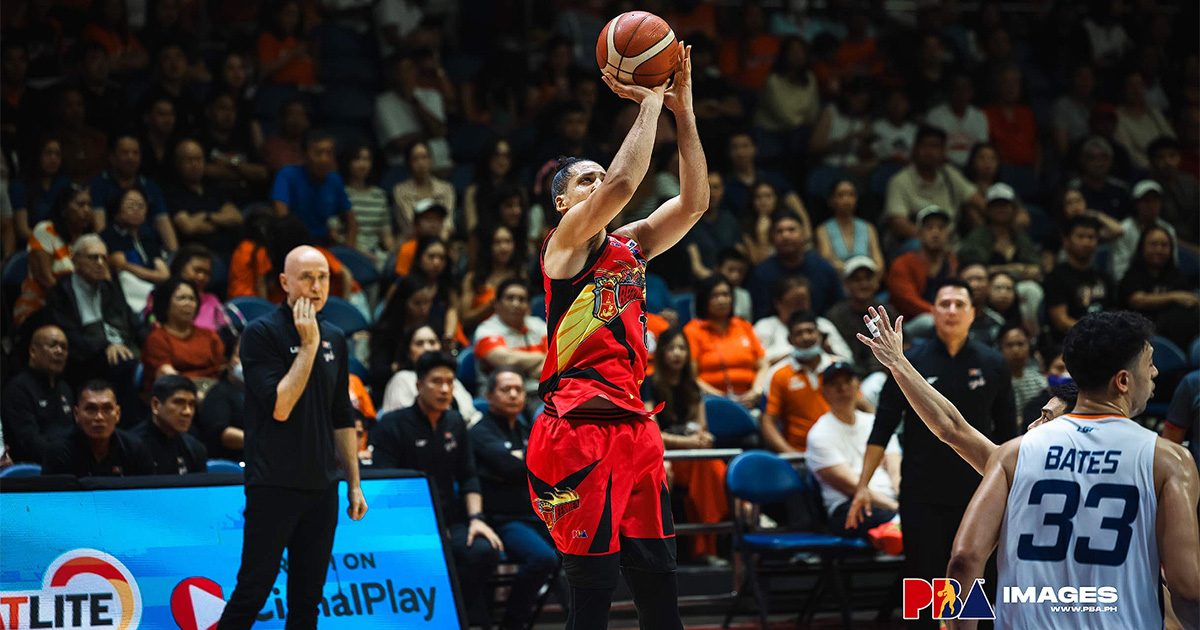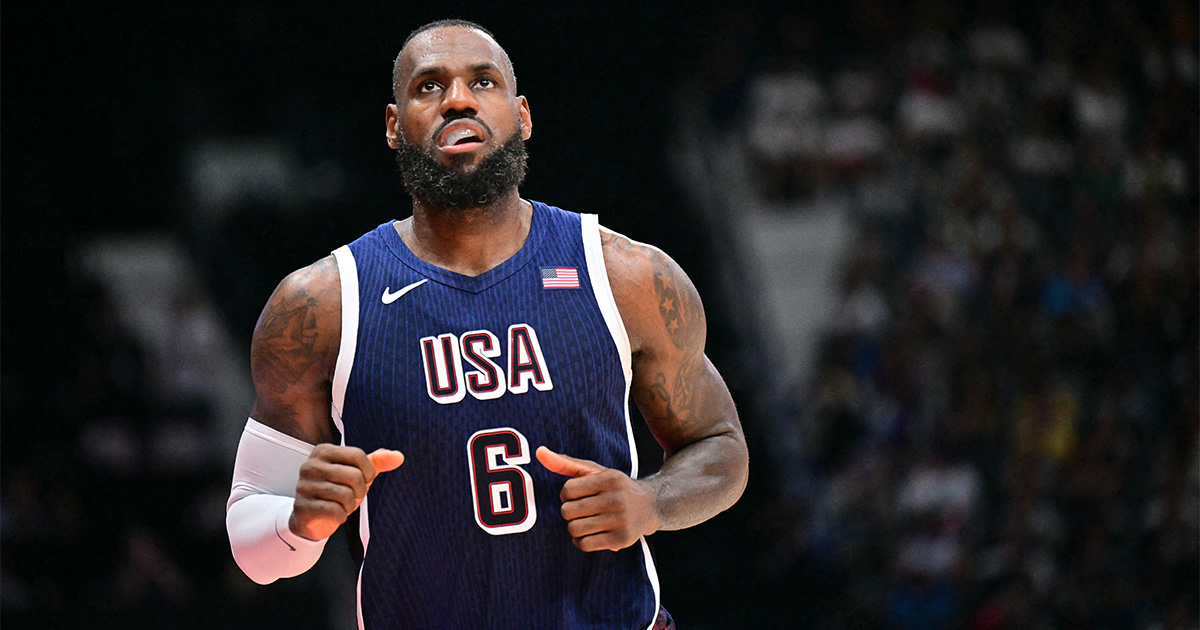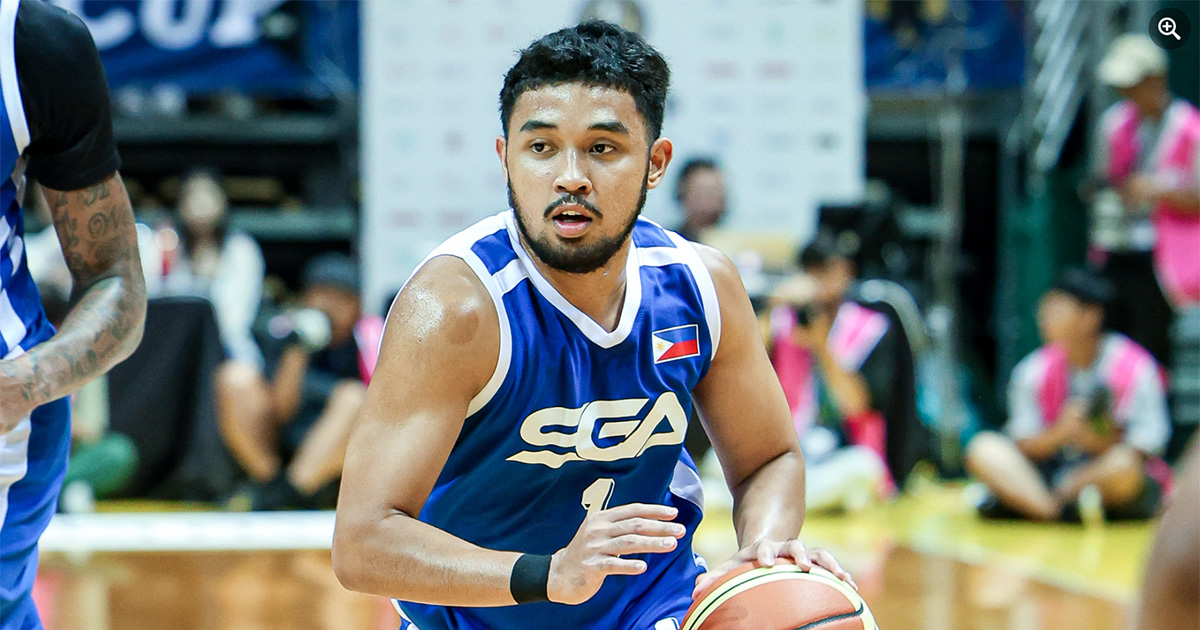There’s a lot we still don’t know with regard to the developments surrounding Bronny James, but it is great to know that he is on the mend.
James reportedly suffered a cardiac arrest in practice at the University of Southern California (USC), with the USC medical staff’s quick response and the presence of an Automated External Defibrillator (AED) a major factor to the 18-year old’s swift recovery and immediate release from the hospital. It’s also been mentioned that James’ workup is ongoing, but that he is able to go home and spend quality time with his family is a major win in itself.
This isn’t even the first time the USC Trojans dealt with a cardiac arrest within its basketball team as it was a little over a year ago since Vince Iwuchukwu collapsed during summer practice and also needed the use of an AED. The US NCAA is also no stranger to this as the likes of Keyontae Johnson and the late Hank Gathers come to mind.
James’ cardiac arrest was a development that sent shockwaves (no pun intended) through a news cycle that was focused on off-season free agency news across sports, the 2023 FIFA Women’s World Cup, and the Damian Lillard trade saga. In fact, it seemed to unite sides that were typically at odds with each other.
Health is an issue that is greatly intertwined with sports and in times like these when it involves the youth, it even trumps the games themselves. Barring any underlying conditions, young athletes are supposed to be at the peak of health, but we’re seeing teenagers suffer from conditions that are not supposed to even be considered within their age ranges.
Congenital conditions could play a factor, but the more definitive issue affecting the health of players could be the countless games they play at such a young age. In the US, it’s not uncommon for kids to join competitions like the AAU circuit and play multiple games in a day. This is on top of their commitments to their respective schools, which at times play teams outside of their state and participate in national tournaments. The games and the travel that come with it can take its toll, with stories of major injuries setting kids back. And this is not just an issue facing basketball but other sports as well.
Europe provides a blueprint for a solution. Kids are trained in academies, with some providing opportunities both in sports and in education. If they’re good, the young players can train with the first team and earn valuable experience and opportunities they can make the most out of. Instead of playing tournaments left and right, they’re exposed to competition at the highest level while also having access to the best facilities.
The US and in turn, the Philippines may have a hard time adopting that, as commercialization and the race for different quarters to come up with their own innovations will prevent a unified system from coming up. Here in the country, the PBA is not the most appealing place to play anymore as players would rather play in other leagues both here and abroad. In a bid to find security, fringe players even play across the various tournaments, raising the risk of wear and tear. One can’t blame them though, as they’re just trying to make a living in this tough world.
At the end of the day, maybe less is more, in that less games could lead to more opportunities and longer careers for the youth. You don’t have to play everyone in various places all at once; quality games are what matter. Besides if NBA players are clamoring for shortened seasons, shouldn’t the same be considered for younger athletes?
Bronny James is out of the hospital and home with his family and that is all that matters at this point. Where he goes from here is anyone’s guess, but no one should fault him for prioritizing his health at this point. After all, life is too precious to take for granted, even for a sport we all love.















